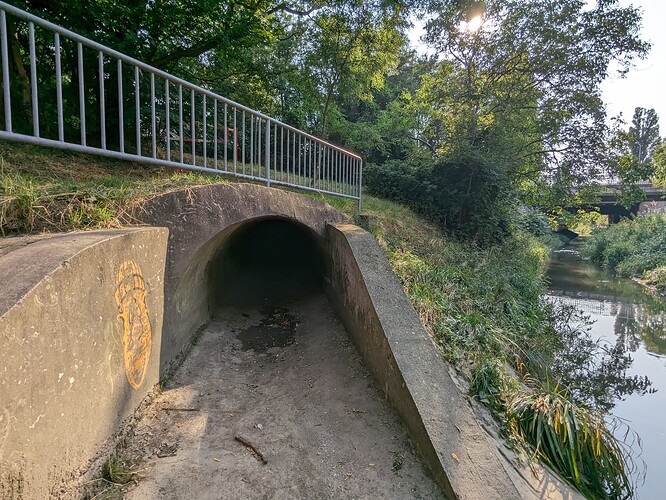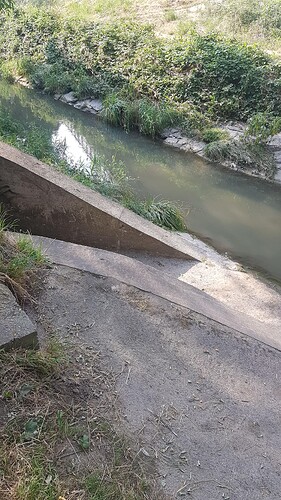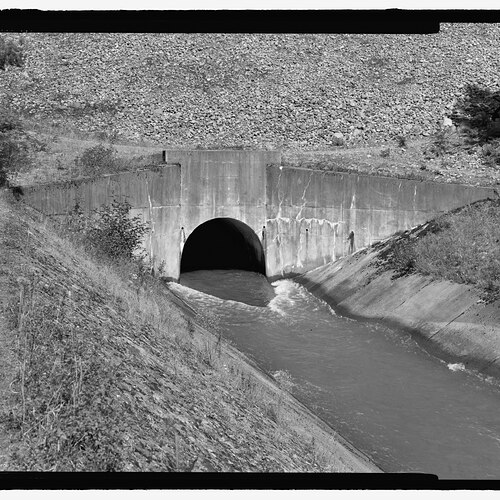Thanks for reaching out.
What exactly speaks against a tunnel tag? According to the definition in the wiki, and already since the first version of the wiki page on 1 June 2015, tunnel is also used for “canals”, which are underground. Furthermore, it has been defined there since the first version that a tunnel=culvert is used for water to pass “things” under ground, regardless of size.
The wiki page for tunnel=culvert already exists since 1 September 2010 and already here it is defined that this tagging is used for a man-made installation that channels water underground.
Nowhere in the wiki is it insisted that a tunnel needs two ends.
If an old road tunnel collapses in the middle due to an accident and fills up completely with soil in the middle, it is also no longer possible to pass through. Is the “rest” of the tunnel then no longer a tunnel just because one can no longer get through from one side to the other?
Another one: If I am standing in front of the wall of a dam and the valve for the outlet is closed, then I can walk through the canal of the dam to the valve, but I cannot get out at the other end. Obviously, I would then be standing in the middle of the reservoir anyway. Is the entire canal, which is underground, not a canal?
With fishing trousers and rubber boots and a headlamp, I would walk in here, but would I get to the end?
Same here, and in this photo the floodgate was actually opened, what is it like when it is closed?
There are also diversion outlets that can be entered, but also these have no end. You then stand in the middle of the rock or concrete and can only turn around.
Aren’t all these tunnels?
In the end, you should ask yourself what effects the respective tagging has on a map display. From the usual Carto view, the current impression is that in some places there is a ford which is not tagged because a flowing water intersects with a path:

With a familiar dashed rendering, this information would again be given and it would be clear that one would not get wet feet when using the path.

I would also like to turn the question around: What exactly is disadvantageous about entering a tunnel=culvert here? Don’t we want to create added value together?











